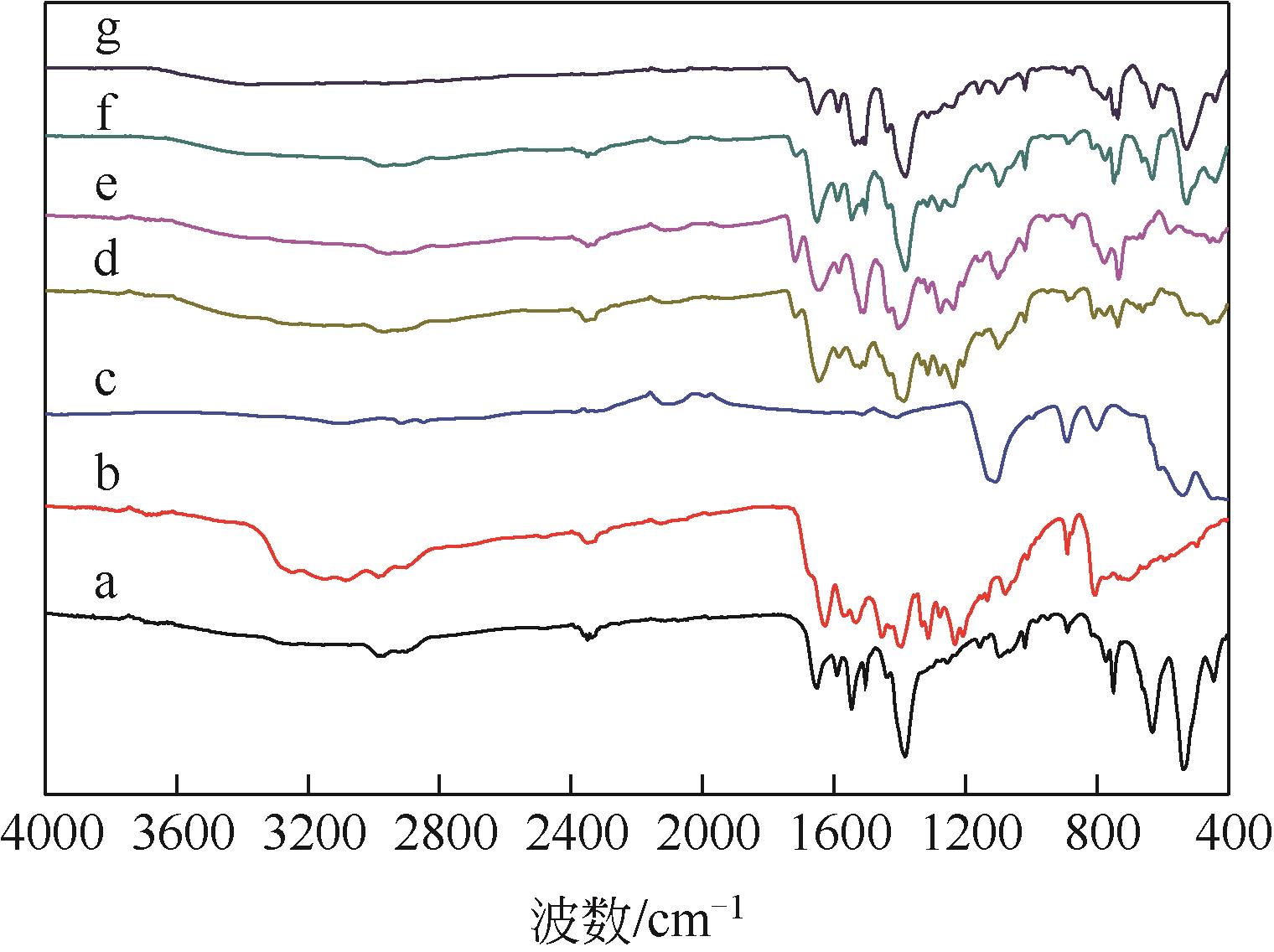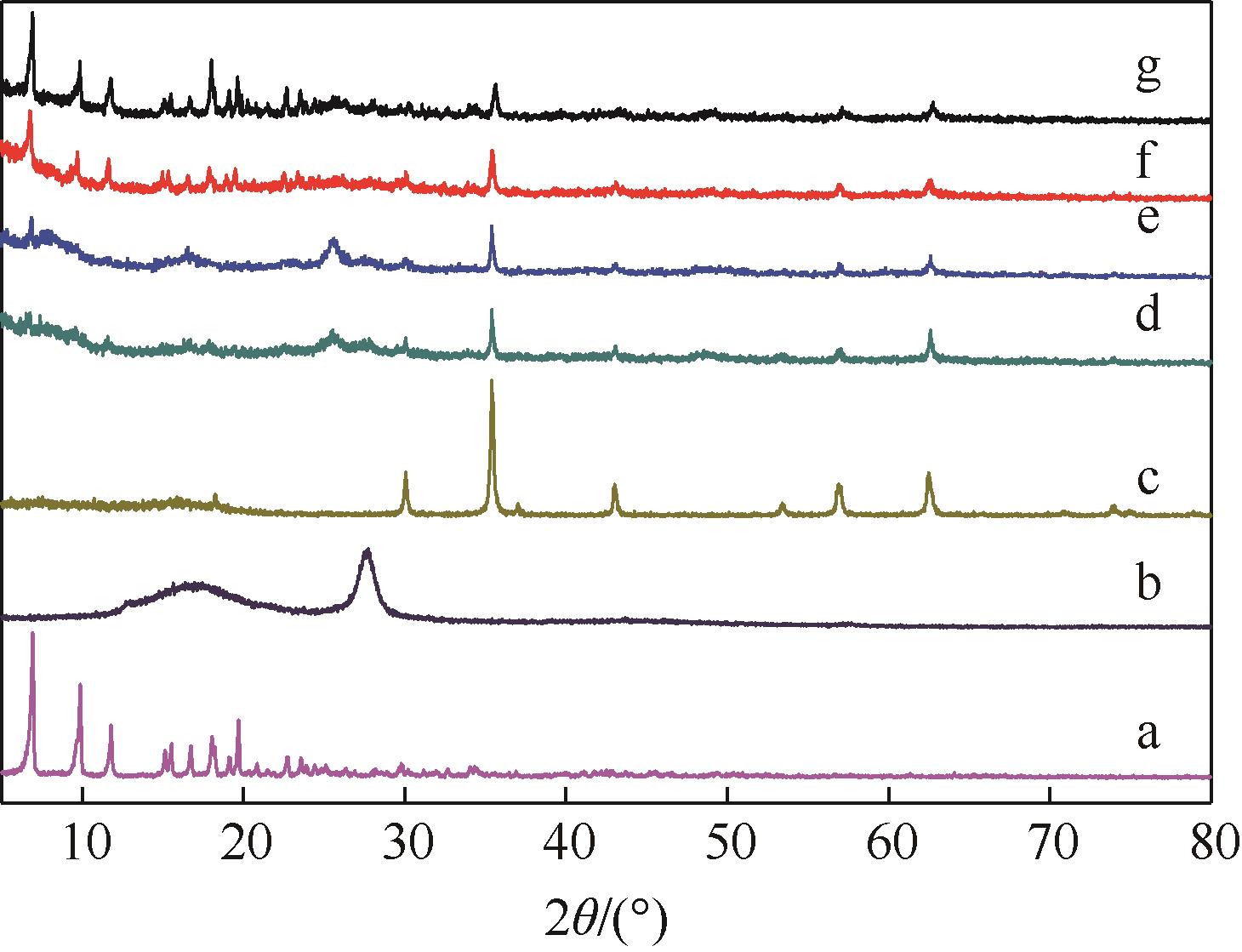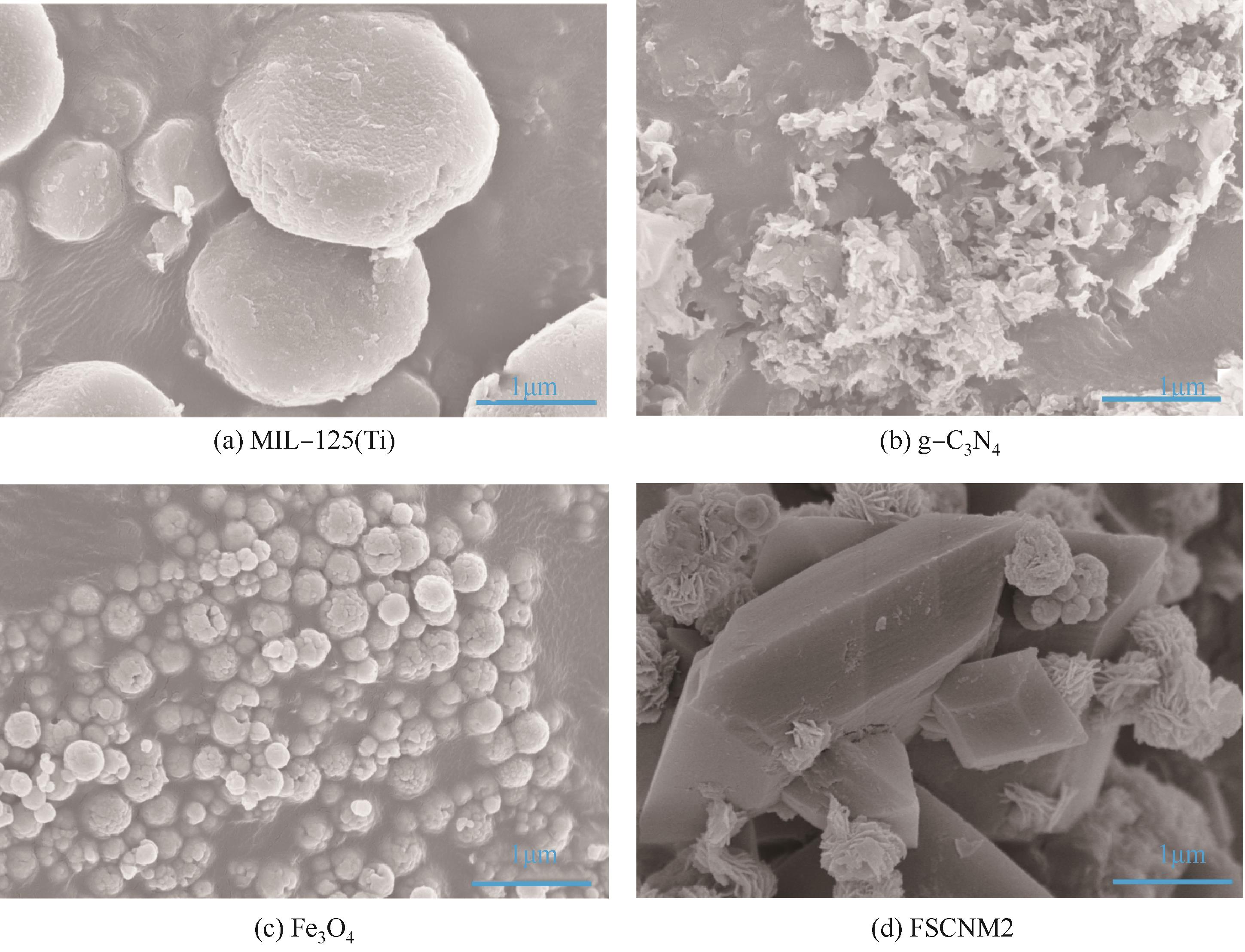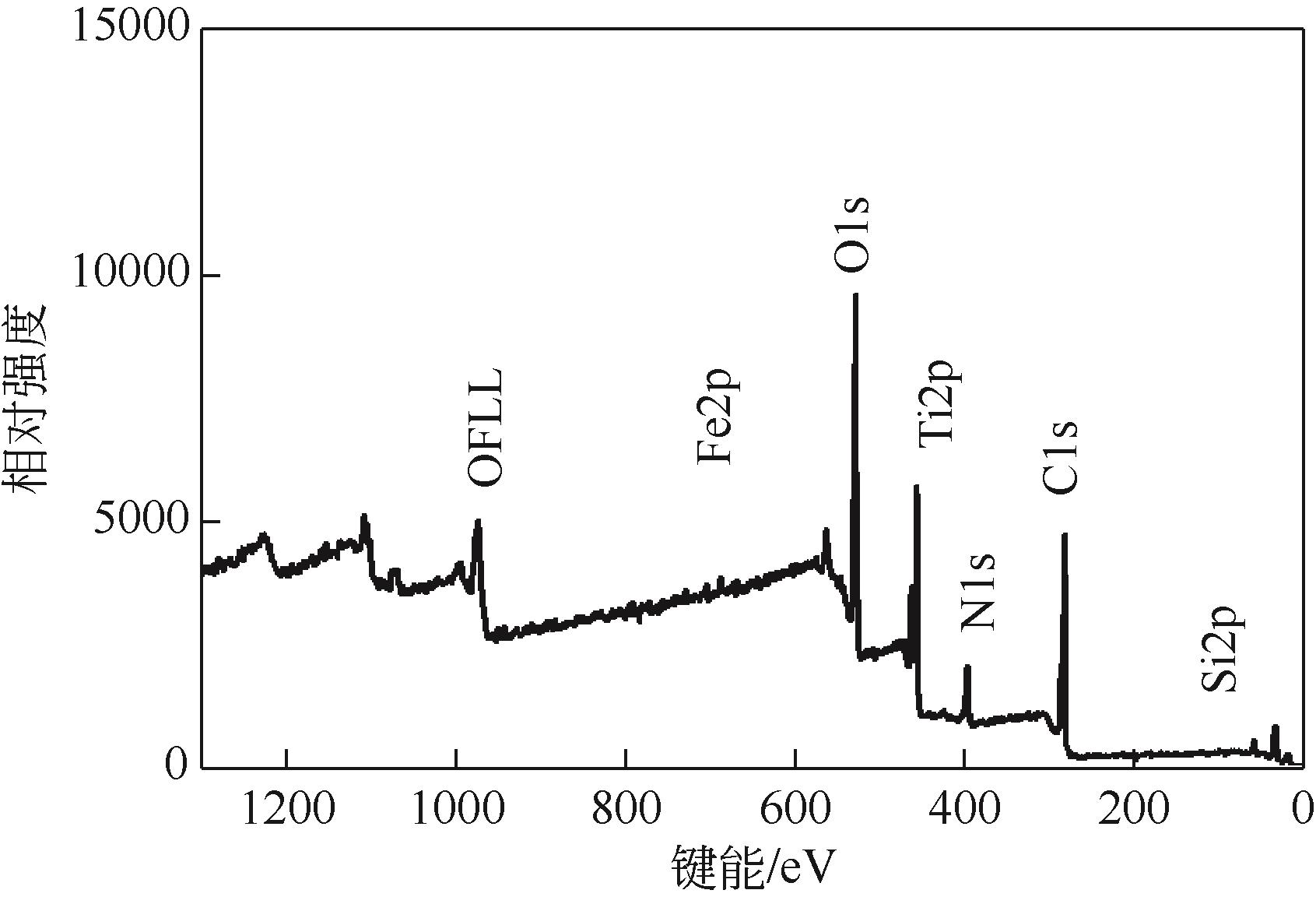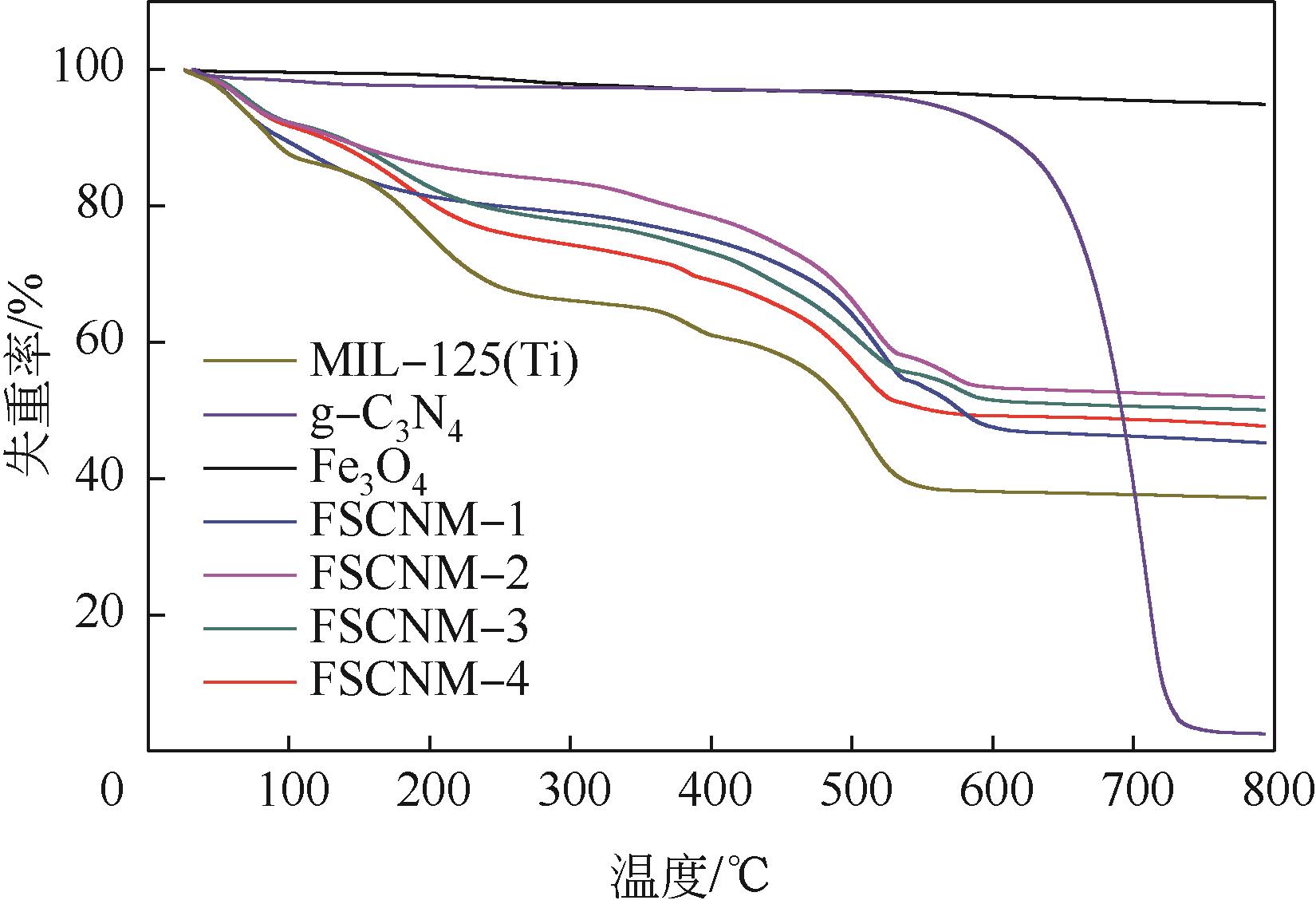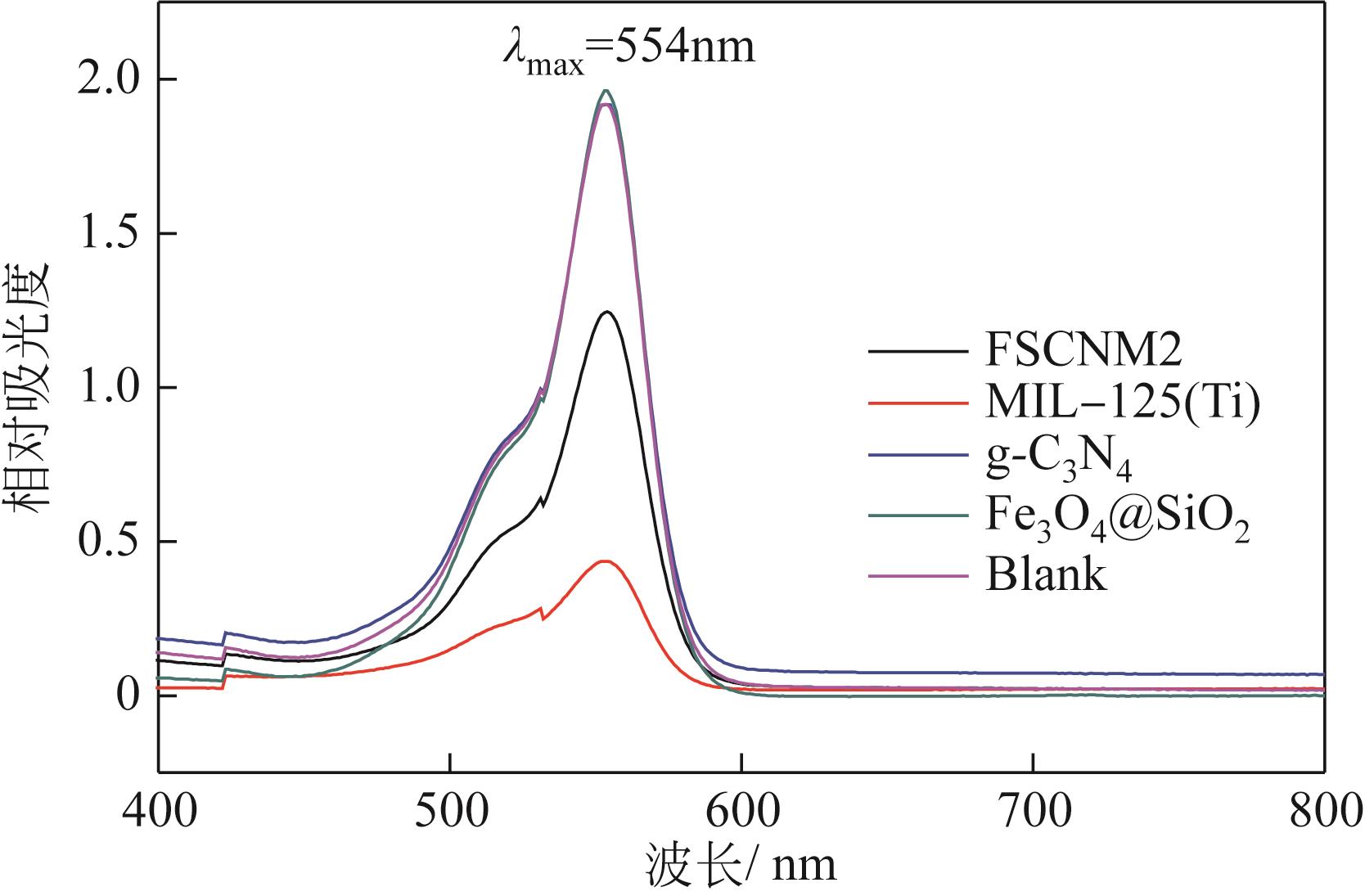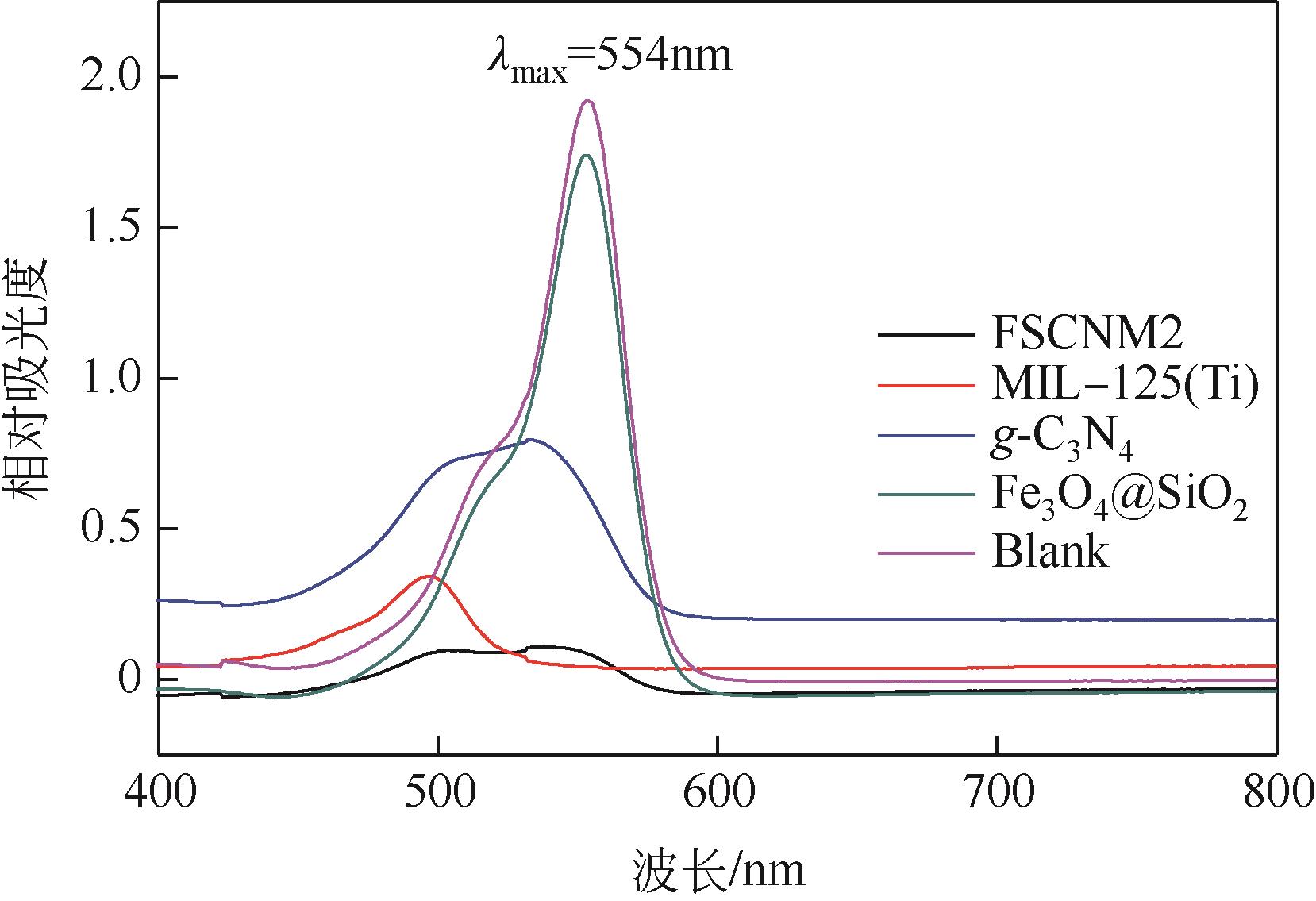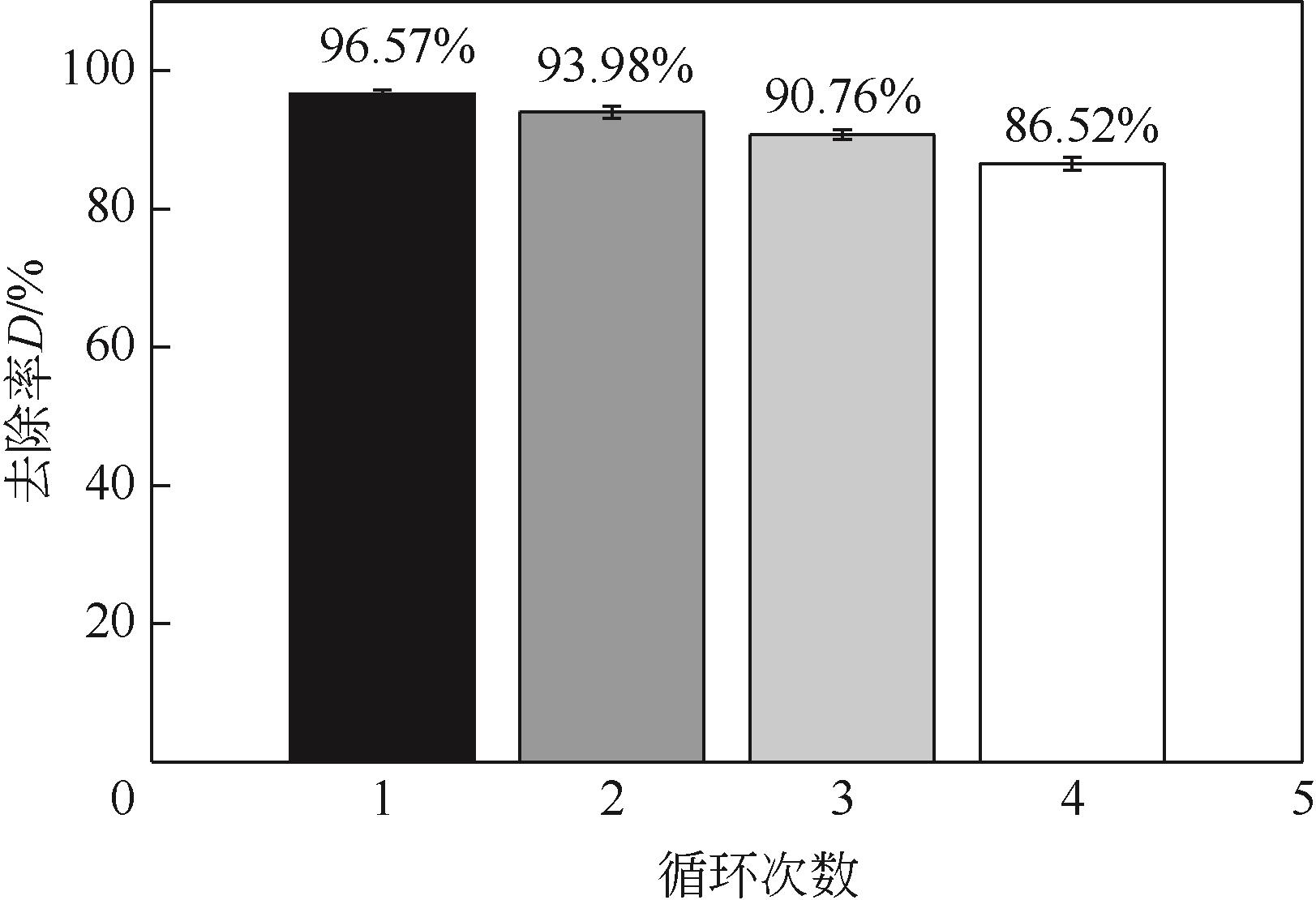| 1 |
FUJISHIMA A, HONDA K. Electrochemical photolysis of water at a semiconductor electrode[J]. Nature, 1972, 238(5358): 37-38.
|
| 2 |
TETER David M, HEMLEY Russell J. Low-compressibility carbon nitrides[J]. Science, 1996, 271(5245): 53-55.
|
| 3 |
WANG Chongchen, YI Xiaohong, WANG Peng. Powerful combination of MOFs and C3N4 for enhanced photocatalytic performance[J]. Applied Catalysis B: Environmental, 2019, 247: 24-48.
|
| 4 |
WANG Xinchen, MAEDA Kazuhiko, THOMAS Arne, et al. A metal-free polymeric photocatalyst for hydrogen production from water under visible light[J]. Nature Materials, 2009, 8(1): 76-80.
|
| 5 |
GU Zhanyong, ZHANG Biao, ASAKURA Yusuke, et al. Alkali-assisted hydrothermal preparation of g-C3N4/rGO nanocomposites with highly enhanced photocatalytic NO x removal activity[J]. Applied Surface Science, 2020, 521: 146213.
|
| 6 |
WANG Wei, TADÉ Moses O, SHAO Zongping. Research progress of perovskite materials in photocatalysis- and photovoltaics-related energy conversion and environmental treatment[J]. Chemical Society Reviews, 2015, 44(15): 5371-5408.
|
| 7 |
郭彩霞, 马小杰, 王博. 金属有机框架基复合材料的制备及其光热性能研究[J]. 化学学报, 2021, 79(8): 967-985.
|
|
GUO Caixia, MA Xiaojie, WANG Bo. Metal-organic frameworks-based composites and their photothermal applications[J]. Acta Chimica Sinica, 2021, 79(8): 967-985.
|
| 8 |
YUAN Qian, ZHU Guocheng. A review on metal organic frameworks (MOFs) modified membrane for remediation of water pollution[J]. Environmental Engineering Research, 2021, 26(3): 190435.
|
| 9 |
LÓPEZ Yeisy C, VILTRES Herlys, GUPTA Nishesh Kumar, et al. Transition metal-based meta-organic frameworks for environmental applications: A review[J]. Environmental Chemistry Letters, 2021, 19(2): 1295-1334.
|
| 10 |
张鹏, 徐瑞霞, 刘舒怡, 等. MOFs衍生CuO/ZnO催化剂的制备及其光催化性能的研究[J]. 环境工程, 2022, 40(4): 35-42.
|
|
ZHANG Peng, XU Ruixia, LIU Shuyi, et al. Preparation of CuO/ZnO catalyst derived from MOFs and its photocatalytic performance[J]. Environmental Engineering, 2022, 40(4): 35-42.
|
| 11 |
MUELAS-RAMOS V, SAMPAIO M J, SILVA C G, et al. Degradation of diclofenac in water under LED irradiation using combined g-C3N4/NH2-MIL-125 photocatalysts[J]. Journal of Hazardous Materials, 2021, 416: 126199.
|
| 12 |
CHEN Zhangxu, FU Minglai. Recyclable magnetic Fe3O4@SiO2/β-NaYF4: Yb3+, Tm3+/TiO2 composites with NIR enhanced photocatalytic activity[J]. Materials Research Bulletin, 2018, 107: 194-203.
|
| 13 |
丁洁. 金属有机骨架/铋系半导体复合材料的制备、表征及其可见光催化性能的研究[D]. 广州: 华南理工大学, 2017: 20-26.
|
|
DING Jie. Synthesis and characterization of MOFs/bismuth-based semiconductor heterostructures and their application for visible-light-drivened photocatalysis[D]. Guangzhou: South China University of Technology, 2017: 20-26.
|
| 14 |
RADA Zana Hassan, ABID Hussein Rasool, SHANG Jin, et al. Effects of amino functionality on uptake of CO2, CH4 and selectivity of CO2/CH4 on titanium based MOFs[J]. Fuel, 2015, 160: 318-327.
|
| 15 |
张千. MIL-125(Ti)与改性MIL-125(Ti)的制备及其催化性能研究[D]. 天津: 天津工业大学, 2017: 6-60.
|
|
ZHANG Qian. Synthesis and catalytic activities of MIL-125(Ti) and modified MIL-125(Ti)[D]. Tianjin: Tianjin Polytechnic University, 2017: 6-60.
|
| 16 |
WANG Wanjun, YU Jimmy C, SHEN Zhurui, et al. g-C3N4 quantum dots: direct synthesis, upconversion properties and photocatalytic application[J]. Chemical Communications, 2014, 50(70): 10148-10150.
|
| 17 |
李肖乾, 张华, 路海健, 等. 内部萃取电喷雾电离质谱对二氧化钛纳米线阵列光催化降解罗丹明B反应机理的研究[J]. 高等学校化学学报, 2020, 41(9): 2003-2010.
|
|
LI Xiaoqian, ZHANG Hua, LU Haijian, et al. Mechanism of photocatalytic degradation of Rhodamine B by TiO2 nanowire array with internal extraction electrospray ionization mass spectrometry[J]. Chemical Journal of Chinese Universities, 2020, 41(9): 2003-2010.
|
| 18 |
刘海龙, 周艳, 黄鹤勇, 等. 光谱法研究敏化的TiO2纳米粒子光催化降解罗丹明B的途径[J]. 南京师大学报(自然科学版), 2011, 34(1): 64-67.
|
|
LIU Hailong, ZHOU Yan, HUANG Heyong, et al. Study of sensitized TiO2 on photocatalytic degradation paths of Rhodamine B by spectroscopy methods[J]. Journal of Nanjing Normal University (Natural Science Edition), 2011, 34(1): 64-67.
|
 ), 李燕辉1,2,3, 任红云4(
), 李燕辉1,2,3, 任红云4( ), 张丽丹1,2,3, 郑炳云1,2,3
), 张丽丹1,2,3, 郑炳云1,2,3
 ), LI Yanhui1,2,3, REN Hongyun4(
), LI Yanhui1,2,3, REN Hongyun4( ), ZHANG Lidan1,2,3, ZHENG Bingyun1,2,3
), ZHANG Lidan1,2,3, ZHENG Bingyun1,2,3
